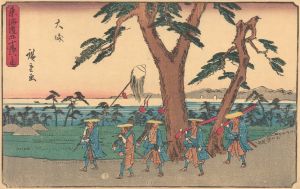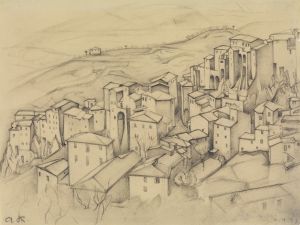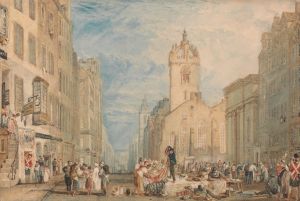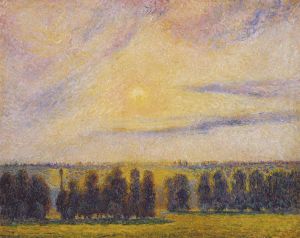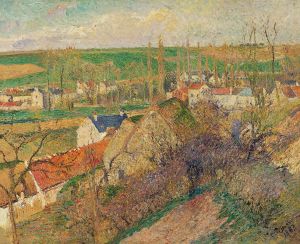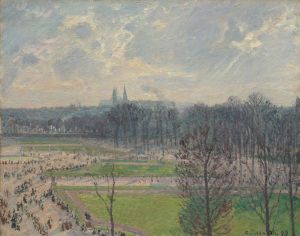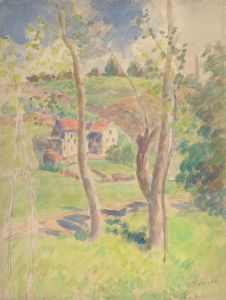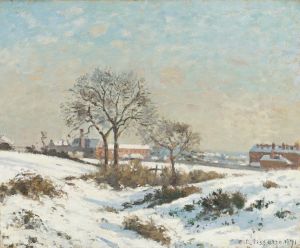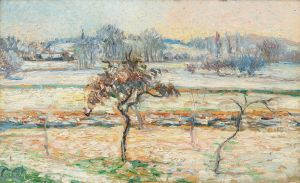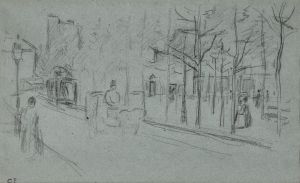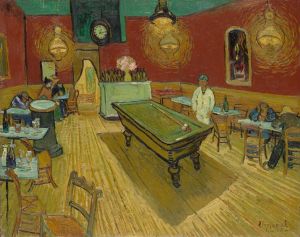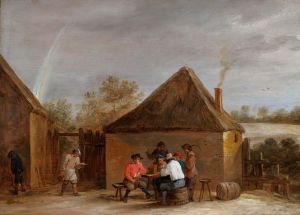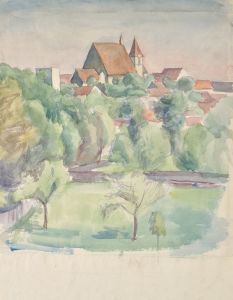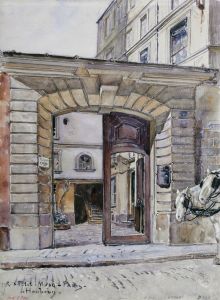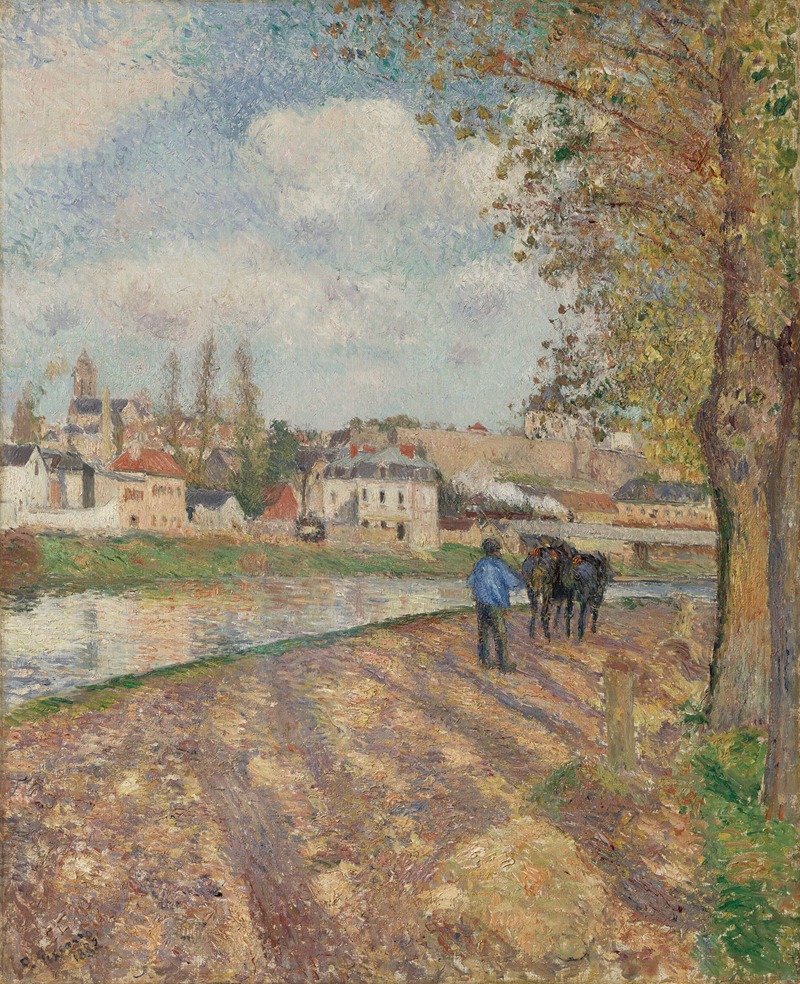
Chemin de l’écluse, Saint-Ouen-l’Aumône
A hand-painted replica of Camille Pissarro’s masterpiece Chemin de l’écluse, Saint-Ouen-l’Aumône, meticulously crafted by professional artists to capture the true essence of the original. Each piece is created with museum-quality canvas and rare mineral pigments, carefully painted by experienced artists with delicate brushstrokes and rich, layered colors to perfectly recreate the texture of the original artwork. Unlike machine-printed reproductions, this hand-painted version brings the painting to life, infused with the artist’s emotions and skill in every stroke. Whether for personal collection or home decoration, it instantly elevates the artistic atmosphere of any space.
Camille Pissarro, a prominent figure in the Impressionist movement, painted "Chemin de l’écluse, Saint-Ouen-l’Aumône" in 1872. This artwork is a quintessential example of Pissarro's dedication to capturing the essence of rural and suburban landscapes in France. Pissarro, known for his innovative approach to painting and his role as a mentor to other Impressionists, often focused on scenes that depicted the harmony between human activity and nature.
"Chemin de l’écluse, Saint-Ouen-l’Aumône" illustrates a tranquil scene along a path near a lock in the town of Saint-Ouen-l’Aumône, located in the Île-de-France region. This area, situated near the Oise River, provided Pissarro with a rich tapestry of natural beauty and rural life, which he frequently explored in his works. The painting showcases Pissarro's adept use of light and color, hallmarks of the Impressionist style, to convey the atmosphere and mood of the scene.
In this painting, Pissarro employs a palette of soft, muted colors to depict the landscape, capturing the subtle variations in light and shadow. The brushwork is loose and fluid, a technique that allows the viewer to experience the scene as a fleeting moment in time. This approach reflects the Impressionist interest in portraying the effects of light and atmosphere rather than focusing on precise detail.
Pissarro's choice of subject matter in "Chemin de l’écluse, Saint-Ouen-l’Aumône" aligns with his broader artistic philosophy. He often depicted scenes of everyday life, emphasizing the beauty and simplicity of rural settings. This focus on ordinary subjects was a departure from the grand historical and mythological themes that dominated academic art at the time. Pissarro's work, therefore, represents a democratization of art, bringing attention to the lives and environments of common people.
The painting is also significant for its compositional elements. Pissarro carefully arranges the elements within the scene to guide the viewer's eye through the composition. The path leads into the distance, inviting the viewer to explore the landscape beyond the immediate foreground. This technique creates a sense of depth and movement, enhancing the immersive quality of the painting.
"Chemin de l’écluse, Saint-Ouen-l’Aumône" is part of Pissarro's broader body of work that documents the changing landscapes of France during the late 19th century. His paintings often reflect the impact of industrialization and urbanization on rural areas, capturing a moment in time when traditional ways of life were beginning to shift. Through his art, Pissarro provides a visual record of these changes, offering insight into the social and environmental transformations of the period.
Today, Camille Pissarro is celebrated as a pioneering figure in the Impressionist movement, and his works continue to be studied and admired for their innovative techniques and insightful portrayals of everyday life. "Chemin de l’écluse, Saint-Ouen-l’Aumône" remains an important piece within his oeuvre, exemplifying his mastery of landscape painting and his commitment to capturing the beauty of the natural world.





